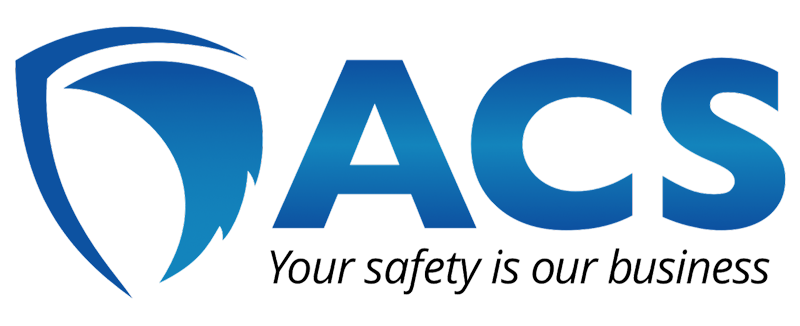Hazardous Waste Compliance
Managing hazardous waste is a critical responsibility for businesses to ensure environmental safety and regulatory compliance. Organizations must adhere to strict guidelines set forth by the Environmental Protection Agency (EPA) and the Department of Transportation (DOT). Understanding these requirements is essential to avoid penalties, protect employees, and minimize environmental impact.
EPA Regulations: Safe Management of Hazardous Waste throughout its Entire Life Cycle
EPA regulates hazardous waste under the Resource Conservation and Recovery Act (RCRA). This law establishes a "cradle-to-grave" system, requiring waste generators to oversee their waste throughout its entire life cycle from generation through disposal, ensuring proper handling and minimizing environmental risks. Key EPA compliance requirements include but are not limited to:
Hazardous Waste Identification: Businesses must determine if their waste meets the EPA’s criteria for hazardous waste.
Generator Classification: Facilities are classified as Very Small Quantity Generators (VSQGs), Small Quantity Generators (SQGs), or Large Quantity Generators (LQGs), each with different compliance obligations. Generators must have a permit to treat, store, or dispose of hazardous waste.
Manifest System: A tracking system ensures that hazardous waste is properly documented and transported to permitted treatment and disposal facilities.
Labeling: Waste containers must meet RCRA specifications, including labels clearly marked as "Hazardous Waste", with the generator information (generator’s name, address, and EPA identification number), the accumulation start date, the type of hazardous waste and associated hazards, the manifest tracking number, and proper label placement.
Storage and Disposal: Waste must be stored in appropriate containers, labeled correctly, and disposed of in accordance with federal and state regulations.
Emergency Preparedness: Generators must have contingency plans and employee training programs to handle hazardous waste incidents.
Click here for additional information on how to comply with RCRA Hazardous Waste regulations.
DOT Regulations: Safe Transportation of Hazardous Waste
The DOT, through the Pipeline and Hazardous Materials Safety Administration (PHMSA), regulates intrastate and interstate transportation of hazardous materials, including hazardous waste. Compliance with DOT regulations includes but is not limited to:
Hazardous Material Classification: Proper classification of waste ensures safe handling and transportation.
Shipping Papers: Manifests and shipping documents must accompany hazardous waste shipments. The manifest acts as a chain of custody for the hazardous waste from the point at which it leaves your facility until it reaches its final destination.
Labeling: Containers must meet DOT specifications, including labels clearly marked as "Hazardous Waste", with diamond hazard labels for the primary (and most subsidiary) hazard classes, proper shipping name and identification number, generator information (generator’s name, address, phone, and EPA identification number), name and address of the shipper and/or the designated recipient. Labels must be durable, clearly visible, written in English, and placed on a surface other than the bottom, that is easily visible to handlers, not near other markings, and in their entirety.
Carrier Requirements: Only certified hazardous materials carriers can transport hazardous waste.
Emergency Response: DOT regulations require that emergency response information is included in shipping documents.
Click here for additional information on how to comply with DOT Hazardous Materials regulations.
If you have shipments or pickups that go on a Hazardous Waste Manifest, to be compliant you need:
Annual RCRA Hazardous Waste Management training for anyone who handles hazardous waste or is involved in its management, including those who generate, transport, treat, store, or dispose of it.
DOT Hazardous Material Shipper Certification training for anyone who handles or transports hazardous materials (including employees who pack, label, load, unload, or sign shipping papers/manifests). This training is required every three years.
ACS offers both RCRA Hazardous Waste Management training and DOT Hazardous Material Shipper Certification training which can be done onsite or virtual. Contact ACS today for available dates.

